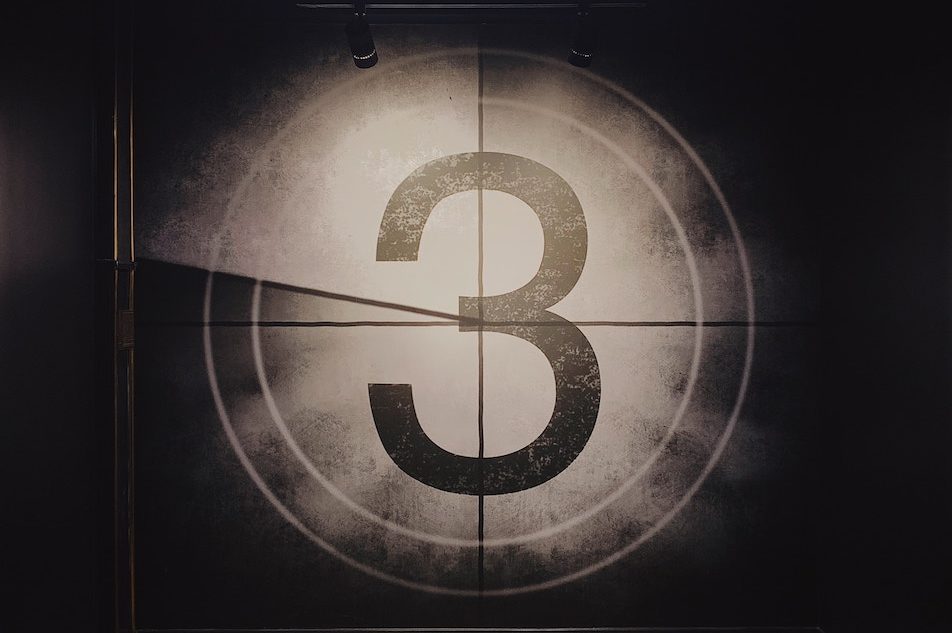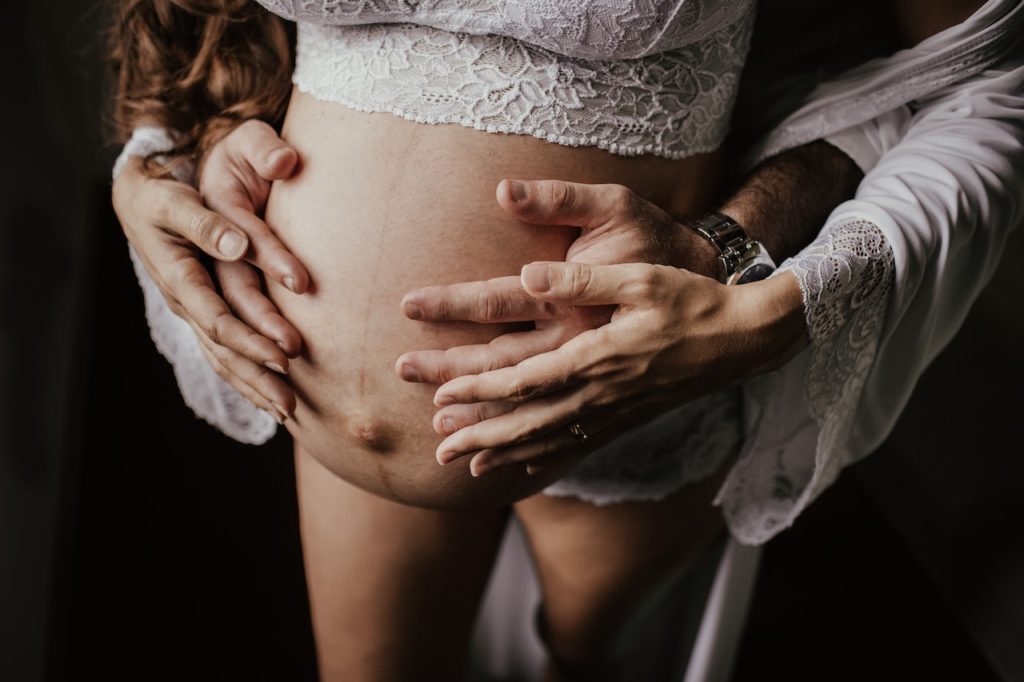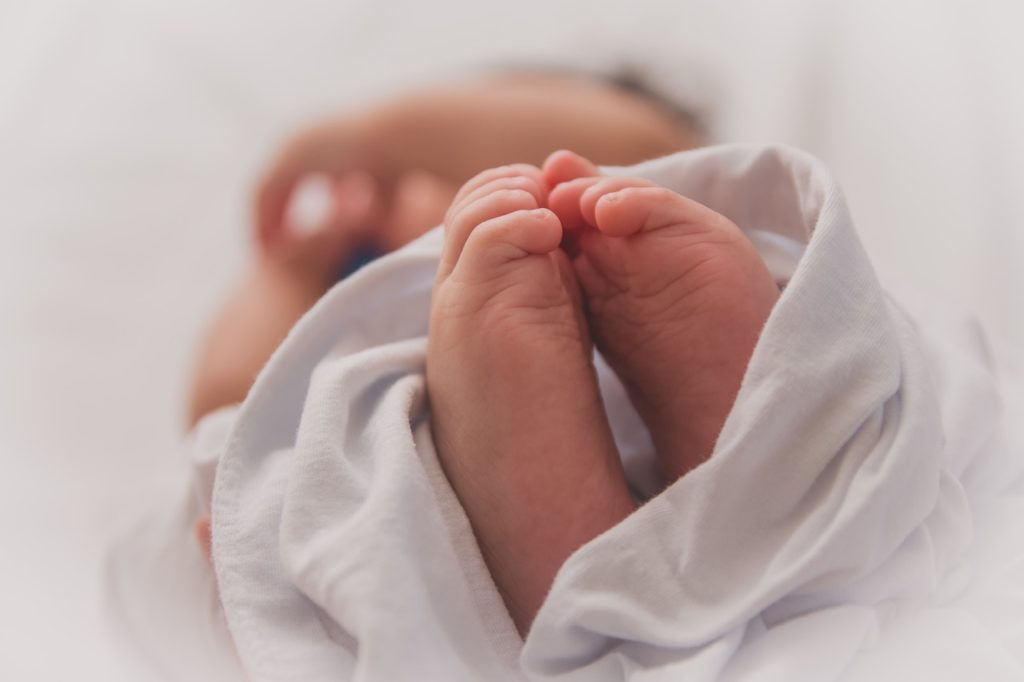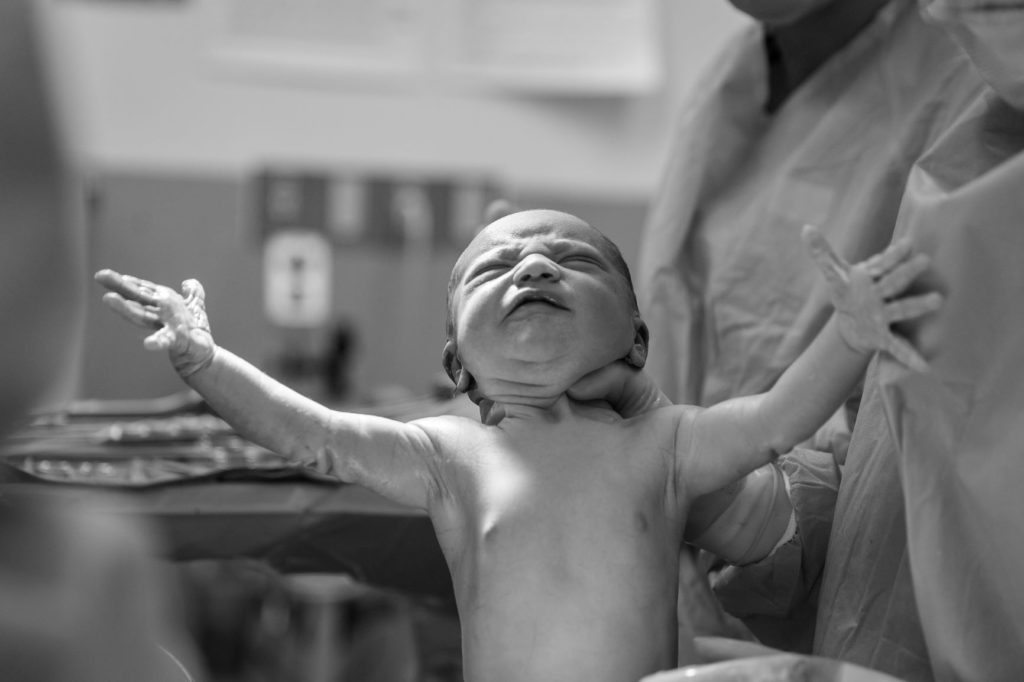
CRITICAL HEALTH & SAFETY DISCLAIMER
mothernity.co.uk is a platform for informational and educational purposes only. This content is based on general research and experienced parent insight and is NOT a substitute for professional medical advice, diagnosis, or treatment. Always seek the advice of your qualified healthcare provider (GP, midwife, or consultant) with any questions you may have regarding a medical condition or before making changes to your health plan or treatments. Never disregard professional medical advice or delay seeking it because of something you have read here.
The third stage of labour commences once your baby is born and concludes when you have delivered the placenta along with its membranes. During this stage, the uterus contracts in the same manner as before, and the placenta will be expelled through the vaginal canal. There are two approaches to navigating this phase of labour:
The active approach
Opting for active delivery of the placenta involves employing medical intervention. Active management accelerates placental delivery and reduces the likelihood of experiencing excessive bleeding post-birth. It’s important to note that this method can also heighten the possibility of severe nausea, vomiting, and afterpains.
The process is straightforward: Your midwife will administer an oxytocin injection in your thigh, usually shortly after you have given birth to your child. At this stage, you won’t need to exert any effort to push, as the midwife will gradually extract the placenta.
The physiological approach
If your birthing experience was uncomplicated and without any issues, you might consider the physiological approach. This natural management entails delivering the placenta without medical intervention. Mild contractions (somewhat gentler than before) will persist, aiding in the expulsion of the placenta. Engaging in skin-to-skin contact with your baby following birth can also expedite the placental delivery by stimulating your body. With this method, the placenta generally emerges within an hour. Should the placenta not be naturally expelled, your doctor will suggest active management.
Cord Cutting
Strong evidence supports the practice of not immediately severing the umbilical cord. Typically, it is recommended that doctors wait between 1 to 5 minutes until the cord ceases pulsating before cutting it. Swiftly cutting the cord restricts the vital resources your baby receives.



